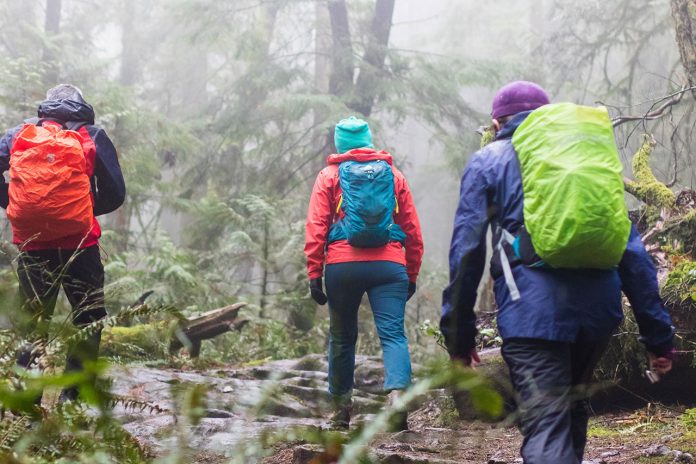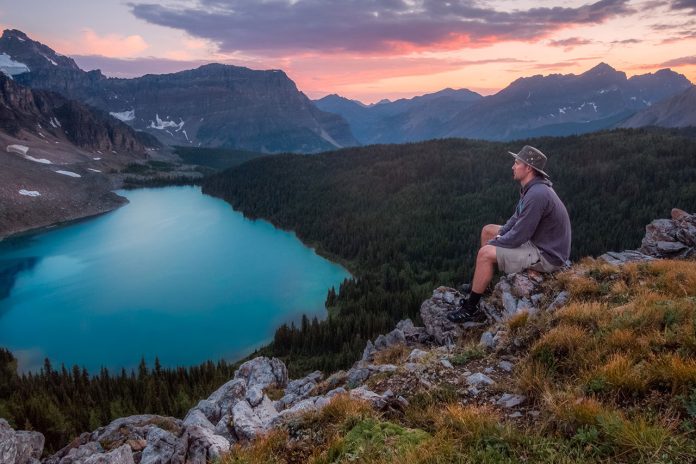Few things can put a damper on an outdoor adventure faster than getting caught in a downpour without proper rain protection. A quality hiking rain jacket shields you from soaking showers so you can keep moving in comfort when the skies open up. With so many options on the market boasting waterproofness and breathability, choosing the best hiking rain jacket for your needs takes some consideration. Follow this guide covering critical performance features, fabrics, style variations, layering tips, and recommendations to pick the ideal jacket for hiking dry through storms.
Table of Contents
You may also want to know: How to start hiking
Key Features to Look for in a Hiking Rain Jacket
A rain jacket tailored for trail use should offer:
- Waterproof fabric technology such as Gore-Tex, eVent, or H2No with a water column rating over 15,000mm to resist saturation.
- Fully sealed seams without stitching holes to prevent drips. Many brands tape critical seams.
- Adjustable and/or helmet-compatible hood to keep rain off your head and maintain visibility.
- Zippered pit zips for venting excess heat and moisture buildup indoors.
- Elastic or adjustable cuffs and hem to seal out spray from arm swing and pack.
- Packable design that folds down for easy storage when skies clear up.
- Lightweight fabrics under one pound for mobility and comfort during active use.
The ideal hiking rain jacket keeps wet weather out while letting sweat escape for a dry, comfortable fit in downpours.
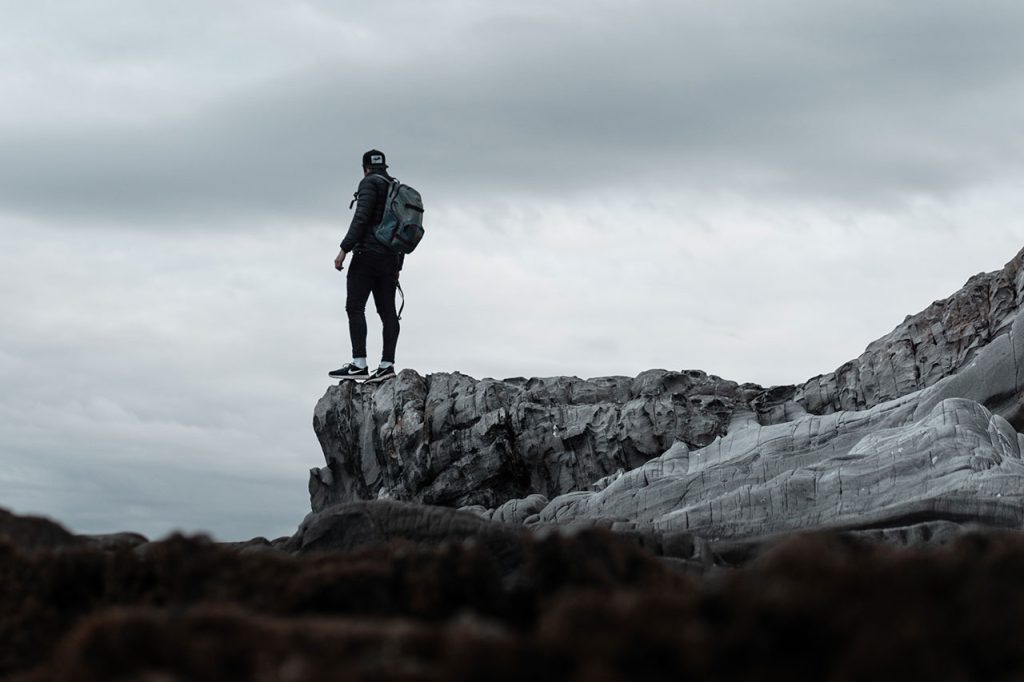
Hiking Rain Jacket Fabric Considerations
Key fabric factors that impact performance:
- Membrane type – Popular waterproof, breathable membrane materials include Gore-Tex, eVent, H2No, and proprietary technologies. They provide an ideal balance of water resistance and ventilation.
- A number of fabric layers – 2-layer jackets offer basic storm protection at an affordable price. 3-layer jackets have an additional protective coating and increased durability.
- Denier or weight – Lightweight fabrics under 30D weigh less but sacrifice some strength. Jackets over 40D offer enhanced tear resistance for bushwhacking.
- Stretch fabric – Four-way stretch rain jacket models provide improved mobility and comfort while active compared to hardshell versions.
- DWR (durable water repellent) finish – Causes water to bead up and wick from the outer fabric rather than soak in. Top up DWR regularly.
The ideal hiking rain jacket uses moisture-wicking, quick-drying materials to keep you dry without drowning you in sweat.
Hiking Rain Jacket Styles and Recommendations
Here are common rain jacket styles optimized for the trail:
- Lightweight – Packable models around 10 ounces work well as emergency shells to carry in packs until needed. Durability is limited.
- All-purpose – Versatile midweight jackets from 6-16 ounces provide stormproof protection and breathability for most general hiking use.
- Insulated – Heavier and warmer, these keep you drier and toastier in frigid, wet winter conditions with 60-80g synthetic or down insulation.
- Poncho – Extremely lightweight and packable, ponchos offer vented coverage but limited weather protection and poor breathability. Best for occasional drizzle days.
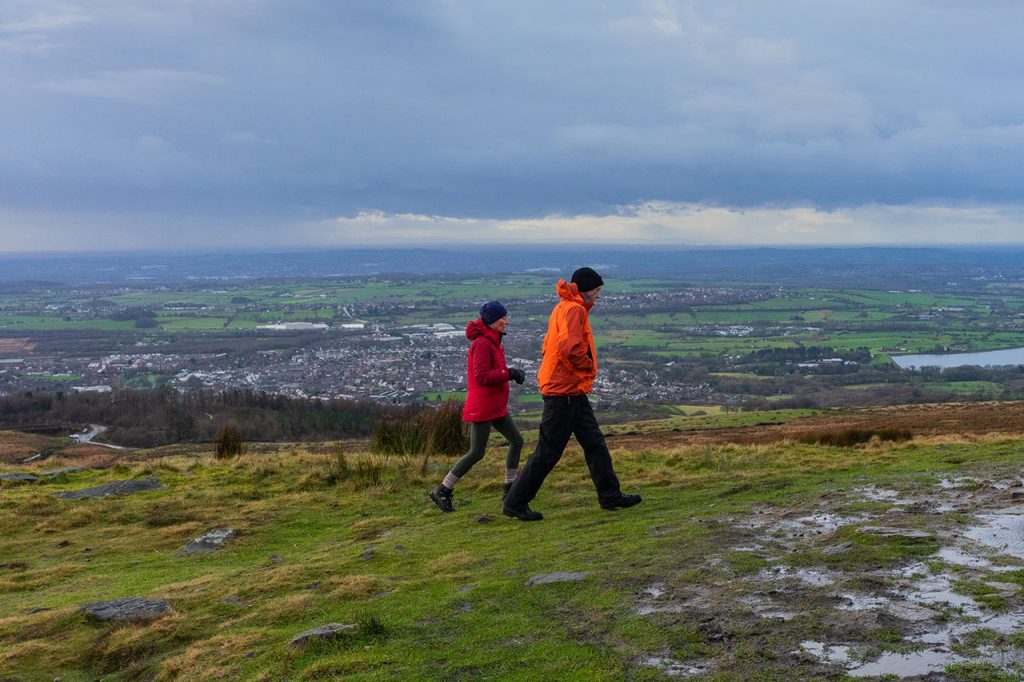
Top hiking rain jacket recommendations across styles:
- Emergency shell – Outdoor Research Helium II
- All-purpose – Patagonia Torrentshell
- Insulated – Outdoor Research Ascendant Hoody
- Poncho – Frogg Toggs Ultra-Lite2
Layering Principles for Rain Jackets
Use these tips for layered comfort when hiking in wet weather:
- The base layer – Synthetic or Merino wool to wick sweat from the skin
- Mid layer – Fleece or down insulation for warmth without overheating
- Shell layer – Rain jacket shields from precipitation while allowing sweat to escape
- Heat dump – Have a lightweight puffy to add warmth during breaks without opening the rain jacket
- Bottom – Waterproof rain pants or at least water-resistant soft shell leggings
Following these layering principles provides flexibility to adjust your system based on exertion level and outside temperatures when hiking through precipitation.
Caring for Your Hiking Rain Jacket
Follow these care tips to prolong your rain jacket’s lifespan:
- DWR revive – Replenish durable water-repellent spray once the water soaks the fabric rather than beading up.
- Wash and dry – Zip up and use a front-loading machine on a delicate cycle with mild detergent. Tumble dry low.
- Spot clean – Treat spills and stains promptly with a damp cloth to prevent buildup on membranes.
- Storage – Hang up unzipped in a well-ventilated area. Don’t pack away wet.
- Repair – Use the recommended brand seam sealant for any leaks. Tenacious tape works on small holes.
With the hiking rain jacket best matched to your needs and climate, you can venture out on trails more confidently knowing a passing cloudburst won’t lead to soggy misery. Just be sure to reapply DWR treatment regularly and wash thoroughly at season’s end for best performance. Staying dry on the inside and out enhances every wilderness adventure, rain or shine!
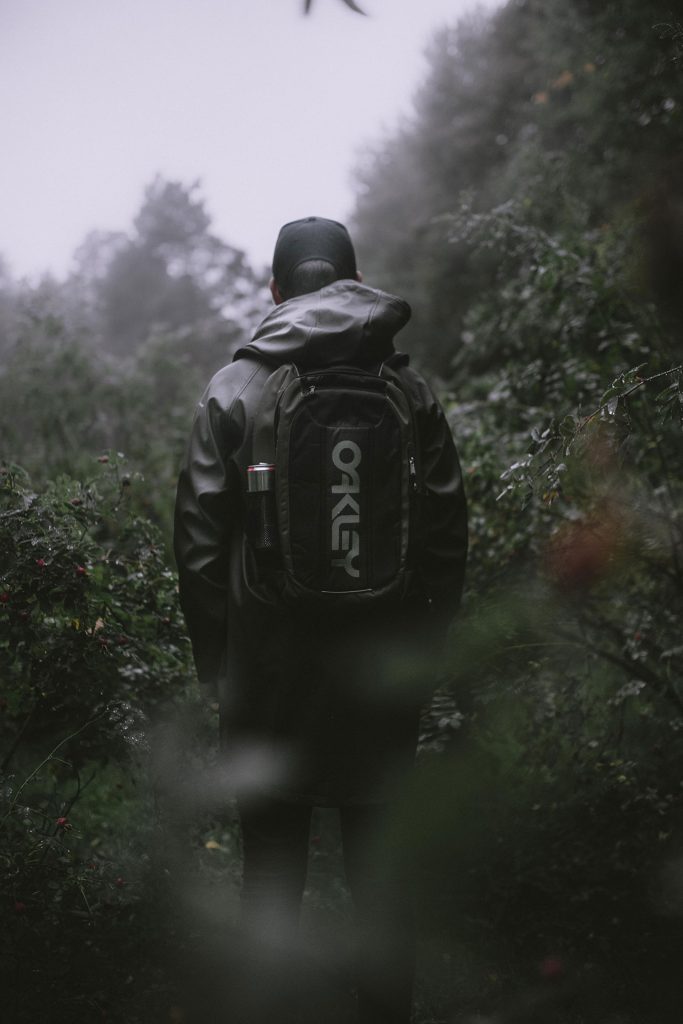
Related Links:
https://en.wikipedia.org/wiki/Hiking



